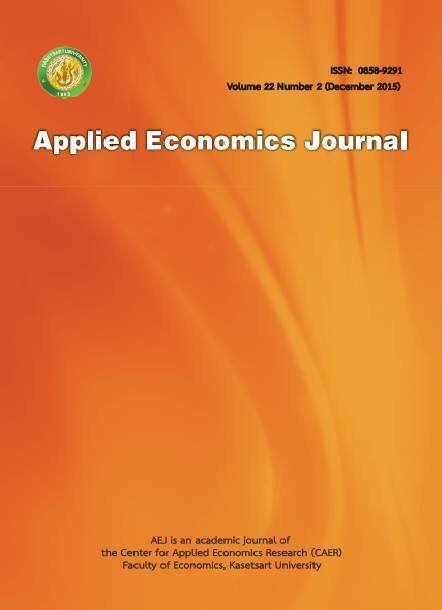Dynamics of Income Inequality under Social Identity Hypothesis
Main Article Content
Abstract
The predicted long-term inequality, led by Kuznets (1955), can be eventually reduced because of higher level of economic development. However, Piketty (2014) pointed out that more inequality is likely to occur instead. He also argued that share of income and wealth of the rich in the top income levels tend to be higher than a generation ago. This study, using the idea of social identity and redistribution introduced by Shayo (2009) and Lindqvist and Ostling (2013), investigates the dynamics of inequality in Thailand for three different periods: the early Rattanakosin prior to Bowring Treaty, the period during the reign of King Rama the fifth, and the current period. The results indicated that dynamics of income inequality in Thailand is consistent with the modified Kuznets curve. Multiple equilibria are also possible as suggested by Acemoglu and Robinson (2000, 2002), and some redistributive equilibria are sub-optimal.
Article Details
The paper is published under CC BY-NC-ND, in which the article is freely downloaded and shared in its original form non-commercially and its citation details are identified.


